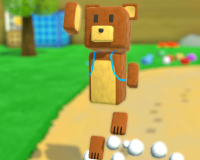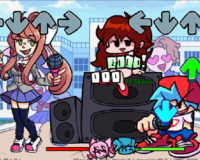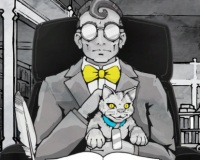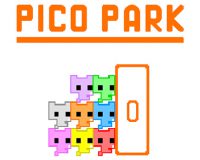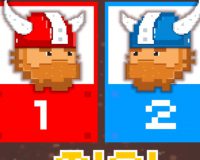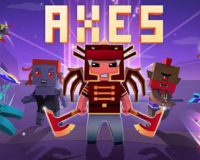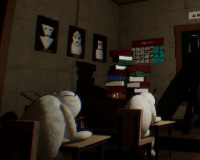
Advertisement
Jackpot Crash Course Chapter 1-1
Jackpot Crash Course Chapter 1-1 presents a narrative built around control, observation, and performance. The story follows Eddie, a convict placed inside a televised competition where participants must follow structured rules to win freedom. The show takes place in a closed environment, shaped like a casino stage, where every action is recorded and broadcast. The player begins with limited knowledge about the purpose of the event and must make decisions under constant pressure. The format uses conversation, limited mobility, and timed choices to guide the story through both personal and systemic conflict.
Structure Of The Story
The plot develops through branching dialogue and multi-route progression. Each route exposes new information about the competition and its organizers. The system records player choices and modifies responses from other contestants. The experience focuses on conversation-based interactions that test awareness and consistency. Progress depends not on physical action but on dialogue management and situational reading. The story’s flow changes depending on who the player trusts, who they confront, and which risks they take during key moments of the show.
Gameplay Framework
The mechanics of Jackpot Crash Course Chapter 1-1 use a visual novel format with interactive elements. The design focuses on maintaining balance between observation and decision-making. The main features include:
- Dialogue options that influence character relationships and outcomes.
- Probability-based choices that connect to player reputation within the show.
- Branching routes that unlock alternative endings and secret scenes.
- A database of information and statistics tracking previous decisions.
These systems ensure that every replay generates a different interpretation of the same scenario.
Characters And Interaction
Each contestant inside the show acts according to their own logic and motivation. Some rely on cooperation, others use manipulation to gain advantage. The player, through Eddie, must evaluate dialogue patterns and hidden intentions. Conversations replace traditional combat, becoming the primary method of progression. The outcome of a single exchange can shift alliances or eliminate opportunities for survival. This approach transforms interpersonal communication into the main resource of advancement. The setting reinforces this by linking public image and reputation directly to success inside the televised structure.













